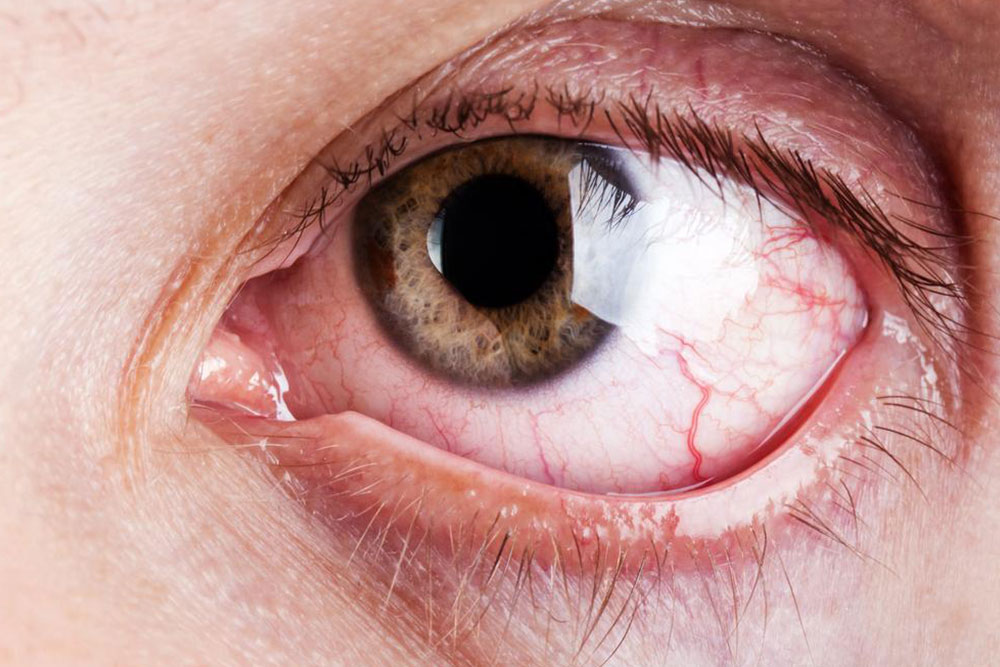Recognizing the Symptoms of Psoriatic Arthritis Early
This article highlights key symptoms of psoriatic arthritis, including joint swelling, back pain, and skin changes. Recognizing these signs early can lead to prompt treatment, preventing joint damage and improving life quality. It emphasizes the importance of consulting healthcare professionals for accurate diagnosis and management.

Psoriatic arthritis is a chronic autoimmune condition primarily affecting individuals with psoriasis, a skin disorder marked by itchy, scaly patches, redness, and nail changes. An estimated 15-30% of those with psoriasis may develop this joint disease. While most patients first notice skin symptoms, some may experience joint issues before skin signs appear.
Common Signs of Psoriatic Arthritis
Sausage-like swelling: Dactylitis creates finger and toe swelling resembling sausages, differentiating it from rheumatoid arthritis, which usually involves isolated joint swelling.
Lower back pain: Stiffness and pain in the lower back, potentially with spondylitis, involve inflammation of spinal joints, causing discomfort in the neck, upper back, and lower back regions.
Joint discomfort: Pain, swelling, and stiffness can affect multiple joints, often with redness and tenderness, reducing mobility.
Foot and ankle pain: Enthesitis, the inflammation where tendons attach to bones, may cause heel pain (Achilles tendinitis), sole pain (plantar fasciitis), or discomfort around the elbows.
Skin and nail changes: Features include nail pitting, detachment, and red patches with silvery scales on the skin.
Limited movement and fatigue: Reduced flexibility and overall tiredness are frequent complaints.
Eye issues: Redness, irritation, or vision problems like conjunctivitis might be linked to psoriatic activity.
Prompt diagnosis and treatment are crucial to prevent joint damage and enhance quality of life.
Disclaimer: This article is for informational purposes only and does not replace professional medical advice. Consult a healthcare provider for proper diagnosis and treatment options.


